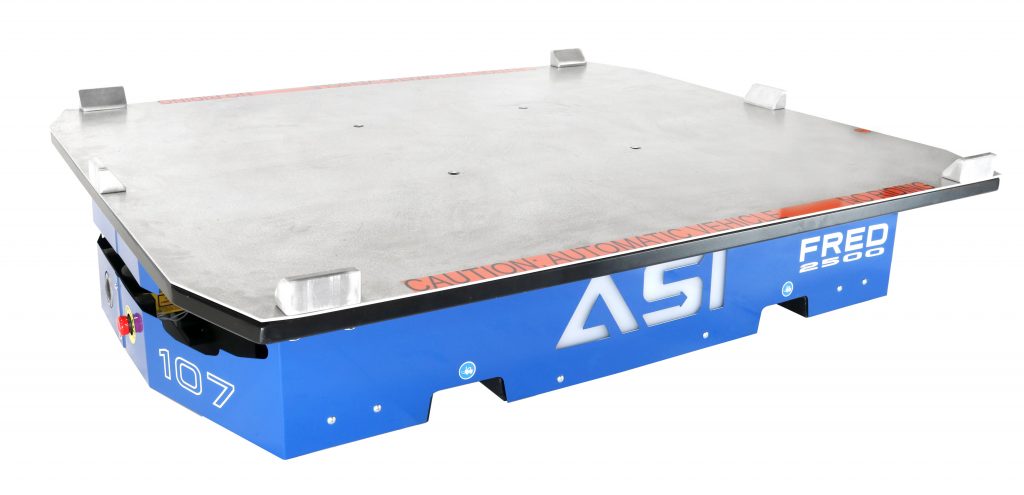St. Joseph, Michigan, USA, 2022-Jun-17 — /EPR INDUSTRIAL NEWS/ — As our world becomes ever more technologically advanced, so the requirements for skills are undergoing a dramatic shift. While there has historically been a fear within workforces that computers and robotics will reduce the need for humans to carry out tasks, the opposite is proving to be the case.
Instead, automation is removing the need for humans to carry out tasks that are repetitive and boring, and replacing this with an increasing level of non-routine cognitive tasks. Rather than reducing the number of jobs on offer, tech is causing a shift that requires very different skills from workers.
With this comes a challenge for future investment into the skills that will be in demand in the upcoming years and decades.
The Skills that are Driving Economic Growth
Since before the Industrial Revolution it’s fallen to humans to carry out multiple repetitive tasks that have driven economic growth. Although machines have now taken over much of this element, this has created many other higher order and digital openings that demand an increased level of human expertise in order for an economy to advance. The issue with this is that it’s leading to a shortage of those adept to fill the roles – something that needs to be addressed now if we’re to avoid a dramatic skills shortage in the near and medium-term future.
The so-called STEM skills of science, technology, engineering and mathematics underpin what’s needed to drive the circle of elements that are needed for the future. This circle is made up of the following:
- Future skills
- Innovation
- Thriving economy
- Jobs
- Solving social, environmental and economic challenges.
These 5 linked elements are crucial for future economic growth, the well-being of the population and addressing environmental issues, such as disease, food and water supplies alongside climate change.
STEM skills aren’t solely limited to the disciplines mentioned above. Instead, a cross disciplinary aspect is what will be needed to solve many of the quandaries that face future generations. Education is key to developing the critical thinking and capabilities that will arm today’s children and young adults with the skills to solve many of today’s environmental issues as well as ensuring that Australia remains a player on the global stage.
Future predictions say that by 2030 it’s expected that the amount of time workers spend solving problems will double, with more than 77% of their time using mathematical and scientific skills.
STEM Education will Drive the Future Workforce
The shift that’s come from technological change means that going forward virtually everyone is going to need at least a basic level of STEM skills. This will, of course, be spearheaded during mandatory education for those of school age, but also through upskilling of those already in employment.
While this will represent significant cost – it’s been estimated at around $600 billion from 2015 to 2030 – it’s also bringing about economic gain. While this might not be as much as the cost of education in the short term, in the medium to long term this on-going expenditure is essential for a future thriving Australian economy.
Manufacturing and engineering are two examples that are representative of current investment at both local and national scale. Australia’s once world-leading manufacturing industry was allowed to reduce to a mere shadow of its glory days. Thankfully, and with substantial government investment, this is beginning to be turned around.
This, along with strategic education of the current and future workforce, is exactly what’s needed to ensure that our country once again becomes a force to be reckoned with.
Precision engineering and CNC machining providers, SixDe, are at the forefront of this new way of working. Not only has the company invested into its workforce and capabilities, but it provides local WA businesses with an expert supplier in their own back yard.
Discover what makes SixDe stand out from the crowd at https://sixde.com.au and get in contact to discuss your requirements.
Jason De Silveira
Managing Director – SixDe
https://sixde.com.au/
Founder and director of specialist manufacturing and engineering companies for both, SixDe and Nexxis Pty Ltd. Jason has over 20 years’ project management experience on installations, commissioning and start-ups in Australia, Singapore, Thailand, Kuwait, Ghana and Dubai.
SixDe, a Nexxis Company, is a 450m2 locally owned CNC machine shop that delivers manufacturing, rapid prototyping, tooling, and engineering solutions to a variety of Australian industries. Its bespoke precision machining service has delivered competitive and cutting-edge solutions for mining, oil and gas, construction and building companies in Australia and overseas.





